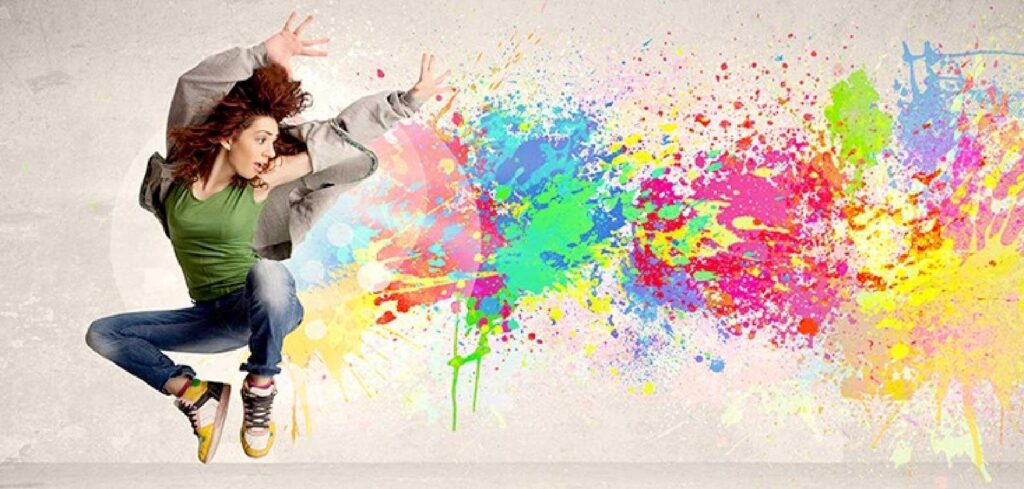In October 2019, the British street artist known as Banksy opened an online store called Gross Domestic Product and issued a challenge: to make a purchase from the shop’s selection of items like a Banksy-branded aerosol paint can, a brick handbag, and a vest worn in concert by the rapper Stormzy. Customers who wished to be considered for the opportunity to make a single purchase first had to answer the question: “Why does art matter?”
It was not long ago that arts education in schools was thought to be a luxury, and c creative classes were cut from the curriculum to make room for more time to prepare for standardized tests. There is now more and more information available that shows how important art education programs are in creating well-rounded, well-prepared students and leaders. Articles with titles such as “Teachers use theater and Dance to teach math – and it works” and “Arts-based education will boost the creative economy” discuss the theory and research behind these claims.

Here are the reasons why art education programs are so important:
- Art workshops help learners to develop creative problem-solving skills;
- teaching through the arts can present difficult concepts visually and makes them easier to understand;
- creative classes help children with the development of motor skills, language skills, social skills, decision-making, risk-taking, and inventiveness;
- visual arts teach learners about color, layout, perspective, and balance: all techniques that are necessary for presentations (visual, digital) of academic work;
- Art education programs boost critical thinking, teaching students to take the time to be more careful and thorough in how they observe the world;
- A report by Americans for the Arts states that young people who participate regularly in art workshops (three hours a day on three days each week through one full year) are four times more likely to be recognized for academic achievement, to participate in a math and science fair, or to win an award for writing an essay or poem than children who do not participate.
Anyone who is passionate about art recalls formative moments of experiencing a work of art overcoming a creative challenge. When we encounter wonderful works of art or have the opportunity to create, we discover that art is critical to individual growth and development and can even affect our health.
Appreciation of art also significantly changes people’s lives at the macro level. Entire societies can benefit from investing in art. Based on data from the General Social Survey, researchers at the University of Illinois at the Chicago Department of Public Administration have linked participation as an audience member or creator with higher levels of civic engagement and social tolerance. Learning how to draw, paint, sing, or just appreciate the works made by others can help us become not just happier and healthier, but also better people.
But navigating the world of art education can be daunting, with so many schools and art education programs competing for one’s time and resources.
Thus, choosing the right art school, especially among higher education institutions, is an important choice that will determine your artistic development as well as your child’s or your professional future. Here are a few tips for deciding which arts institution is best suited:
- The choice of art education programs should be consistent with your artistic goals;
- Consider the alternative, non-accredited art schools, and mentorships as they can provide artists with a range of experiences, such as enhancing creativity, technical skills development, and academic learning;
- Before you begin creative classes, prime yourself to be open, curious, and adventurous. Leave your own rules about how to make art at home, and plan to accept new methods and ideas, without judgment.

























